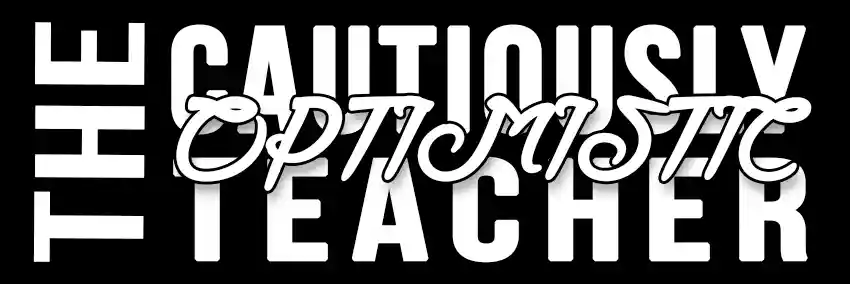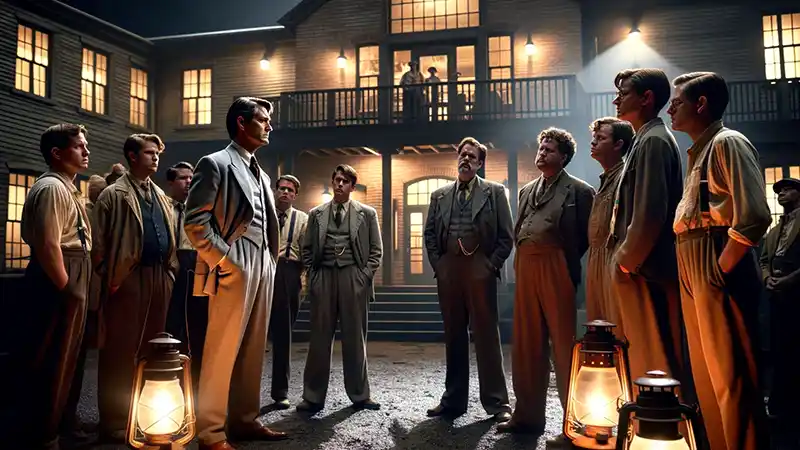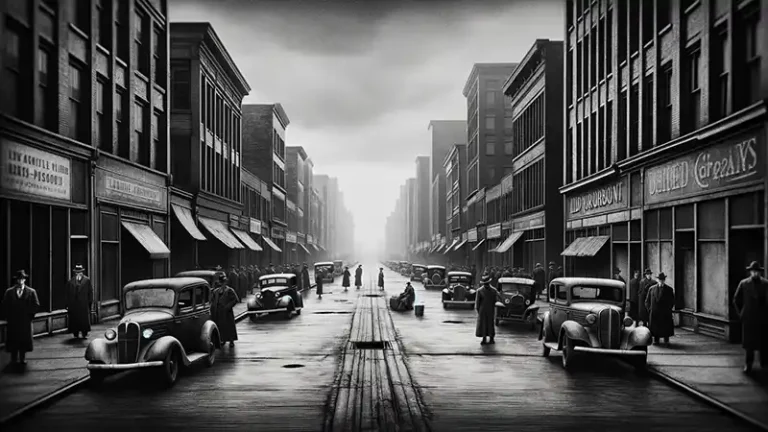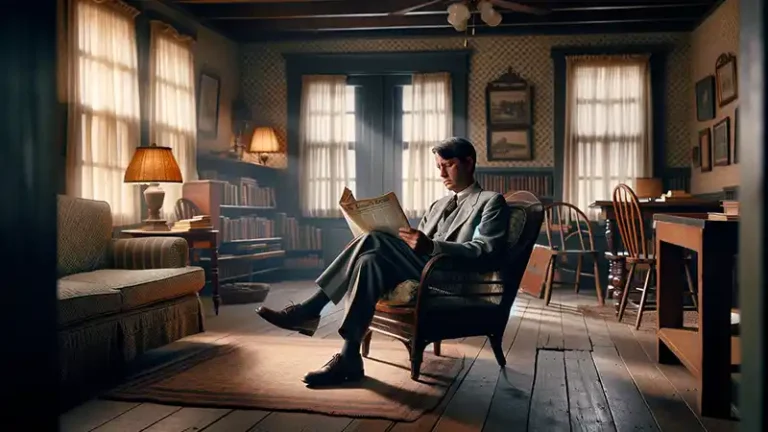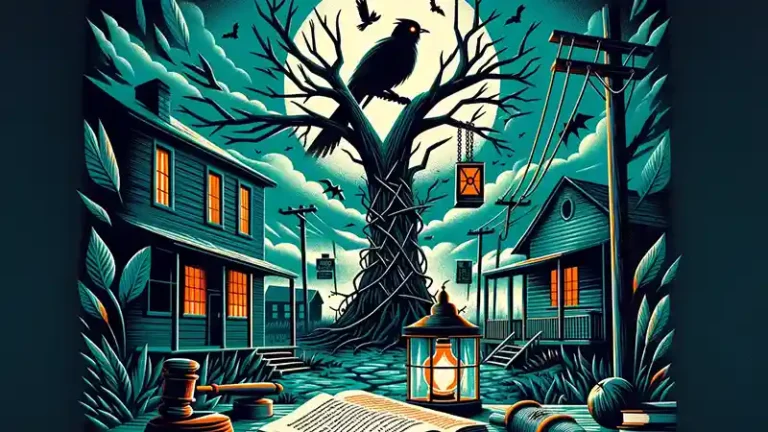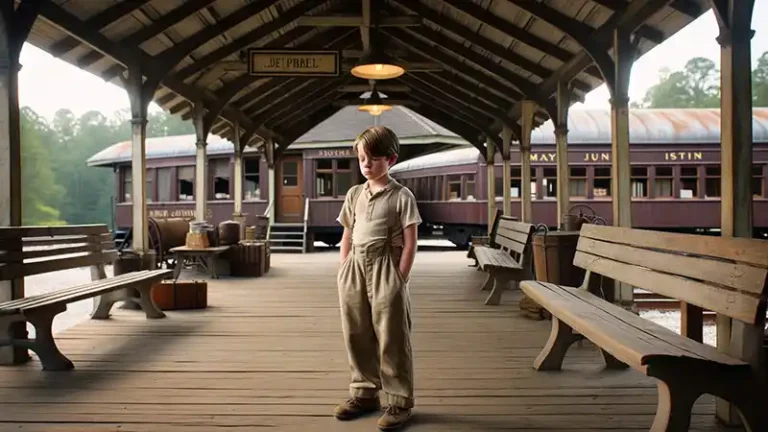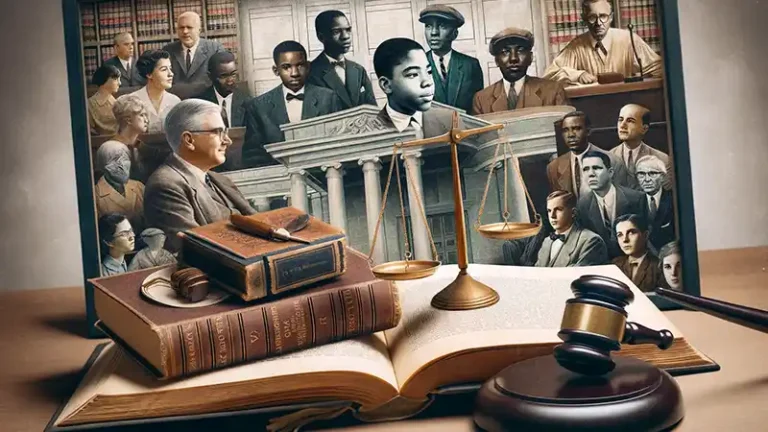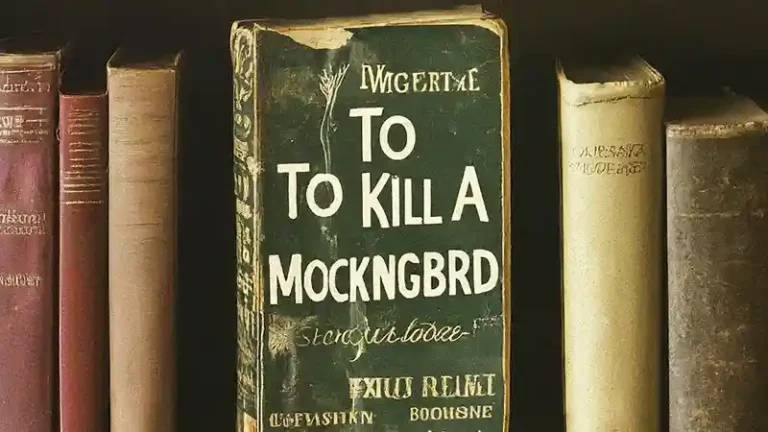To Kill a Mockingbird Chapter 15: Lynching History
In this lesson on To Kill a Mockingbird Chapter 15 we will take a look at the historical narrative of lynching in America, offering a comprehensive exploration of the social and racial themes present in Harper Lee’s novel. By incorporating the educational video Origins of Lynching, students will gain a deeper understanding of the historical context that mirrors the events and societal dynamics depicted in the book. Critical thinking is fostered through targeted questions about the video and the chapter, encouraging students to examine the influence of stereotypes, the evolution of racial perceptions, and the actions of the novel’s characters against a backdrop of historical realities. This interactive approach not only enhances their grasp of the novel’s themes but also invites a deeper reflection on the complex issues of justice, citizenship, and racial relations, both in the past and in contemporary society.
Learning Goals
- I will be able to explain the legal definition of lynching, the historical changes in lynching victims’ demographics, and the role of racial stereotypes and myths in justifying lynching.
- I will be able to draw connections between the themes in Chapter 15 of To Kill a Mockingbird and historical realities of racial injustice, particularly lynching.
- I will be able to analyze the motivations and actions of characters in To Kill a Mockingbird, especially in the context of the Maycomb jailhouse scene.
Materials
TKAM Digital Copy
TKAM Audio Chapter 15 (30:25)
Origins of Lynching Video
Origins of Lynching Worksheet
Chapter 15 Worksheet
Process
- Watch the video, Origins of Lynching
- Answer questions on the Origins of Lynching Worksheet
- Read Chapter 15 or To Kill a Mockingbird.
- Answer the Chapter 15 questions.
Origins of Lynching Questions
- What is the legal definition of lynching? What constitutes a mob?
- What action did the NAACP take against lynching in the 1920s?
- How did the majority of lynching victims before 1890 differ from then majority after that year?
- What is one of the functions of a racial stereotype, according to Paula Giddings? How do stereotypes relate to “first-class” citizenship?
- How does Giddings distinguish between rights and privileges? Is “firstclass” citizenship a right or a privilege?
- How did prejudices toward black Americans change in the late nineteenth century? How was science used to justify those prejudices?
- What myths and fears were used to justify the lynching of black men?
- What experiences influenced Ida B. Wells to challenge the custom of lynching?
- What strategy did Wells use to challenge the practice and disprove the myths used to justify it?
- According to Wells’s observations, what were the real reasons that blacks were being lynched? What is the reality that her work uncovered about the relationships that black lynching victims typically had with white women?
- What does Giddings define as the primary function that lynching played in Jim Crow society?
Chapter 15 Questions
- Why do Heck Tate, Link Deas, and others come to the Finches’ house?
- What do they discuss with Atticus? What do they hope to avoid?
- When a group of men, led by Mr. Cunningham, shows up at the Maycomb jailhouse the night before the Tom Robinson trial, what have they come to do?
- Why is Atticus there waiting?
- How do you think the men’s ideas about justice differ from Atticus’s?
- Analyze Scout’s attempts to engage Mr. Cunningham in conversation. Why does this exchange convince Mr. Cunningham and the other men to leave?
